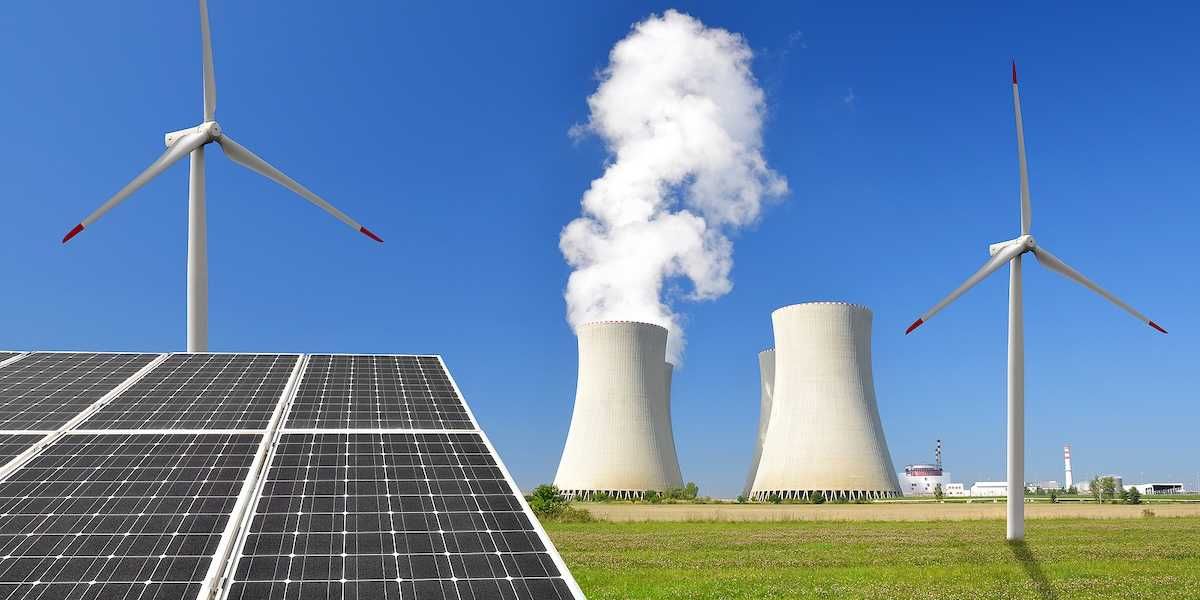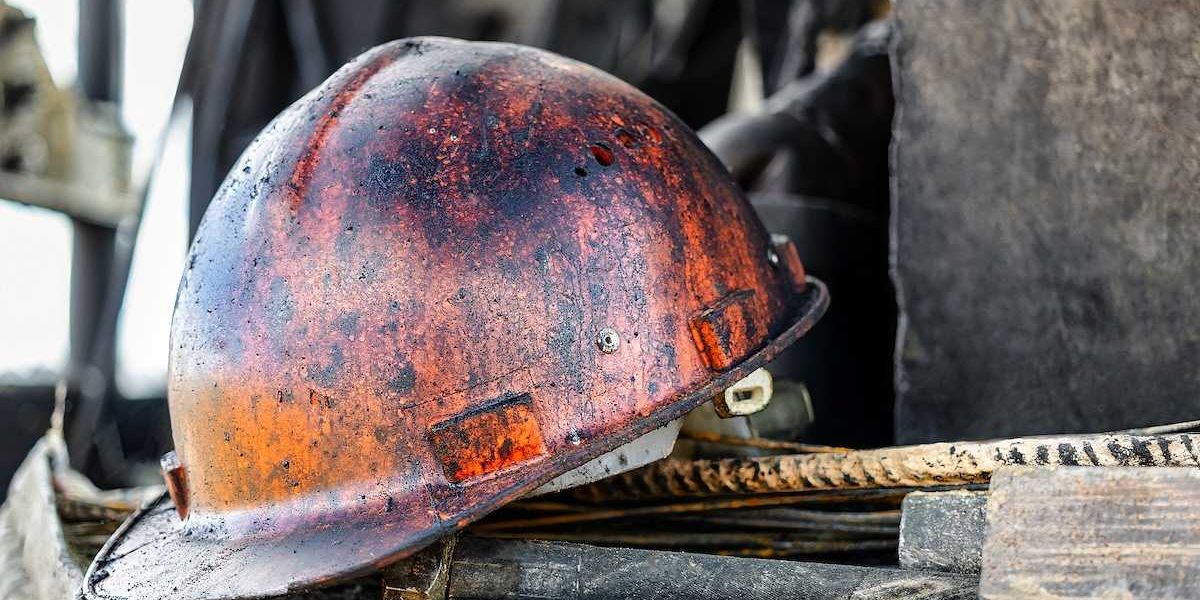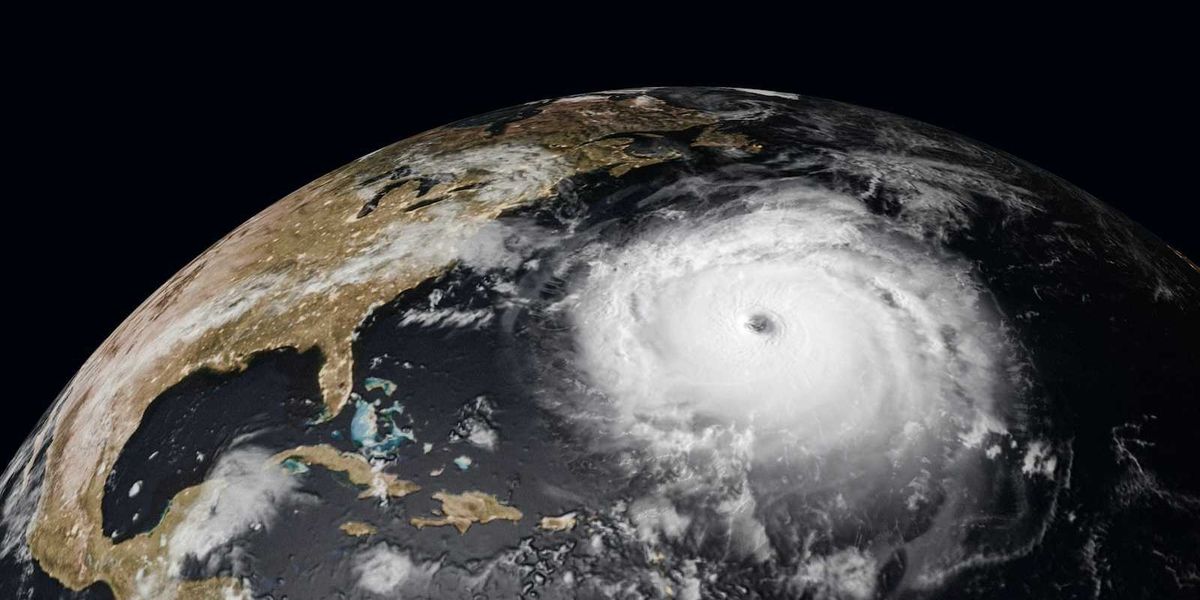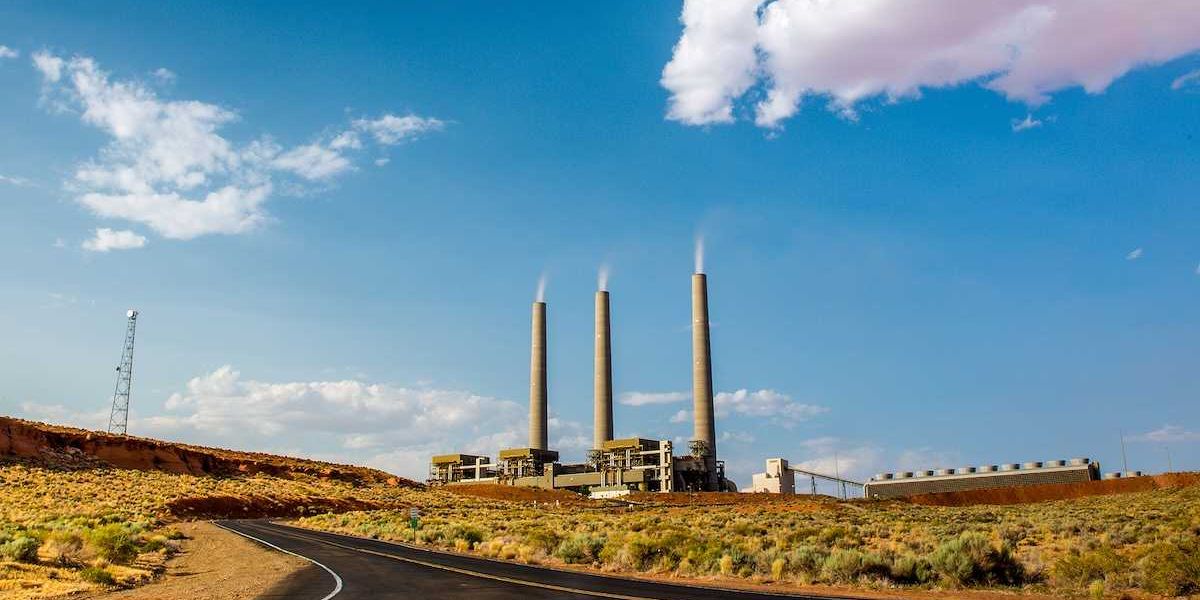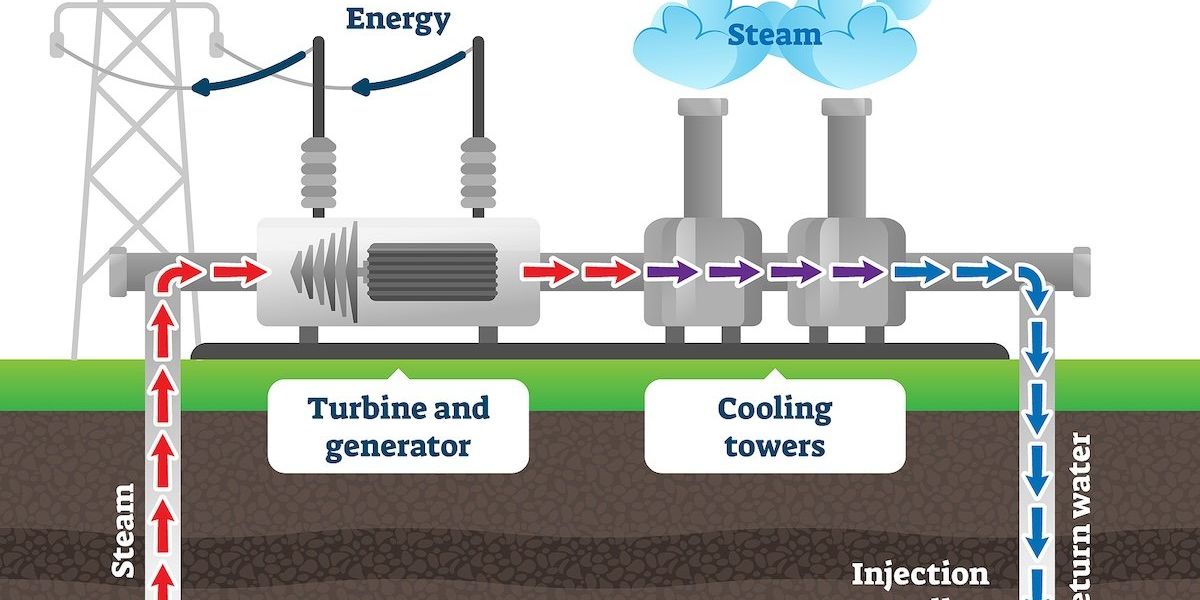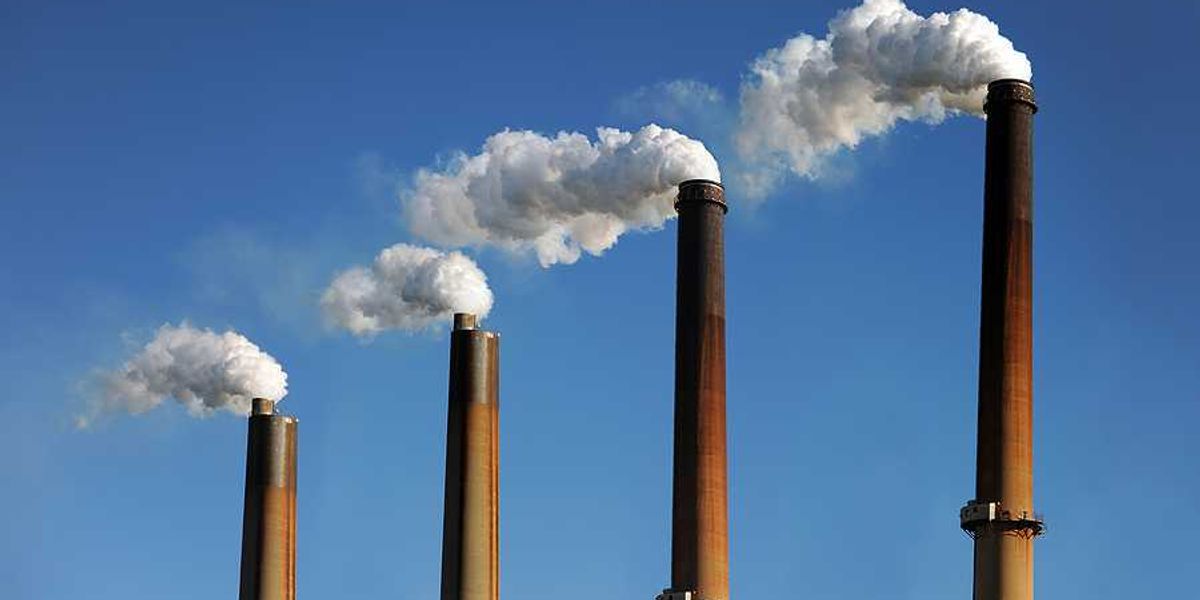Oxy’s West Texas carbon capture project faces public scrutiny
Oxy has proposed the largest carbon capture site in the U.S. near Odessa, Texas, sparking concerns about its effectiveness and risks to groundwater and local ecosystems.
Carlos Nogueras Ramos reports for The Texas Tribune.
In short:
- Oxy’s Stratos facility aims to capture and store 722,000 metric tons of carbon dioxide annually in underground wells.
- Local and environmental advocates are concerned about potential groundwater contamination and earthquakes from carbon injections.
- The U.S. Environmental Protection Agency is holding public meetings before deciding on the permit for this project, expected within 90 days.
Key quote:
“Outside of the ineffectiveness and inefficiency of (carbon capture) as a climate mitigation solution, the injection and sequestration of carbon dioxide is dangerous to the land, water, communities and ecosystems nearby.”
— Paige Powell, senior policy manager for Commission Shift.
Why this matters:
Carbon capture is promoted as a solution for reducing emissions, but questions remain about its safety and effectiveness. The risks of groundwater contamination and seismic activity could have long-term consequences for nearby communities.


